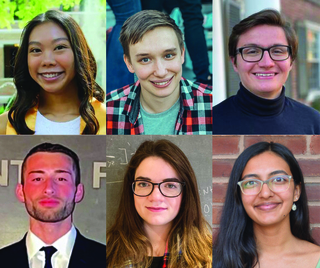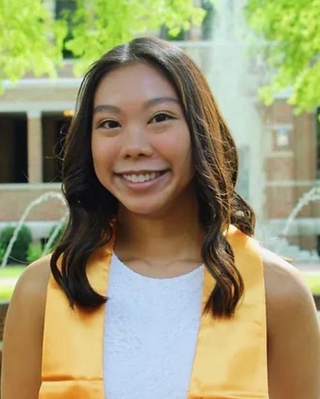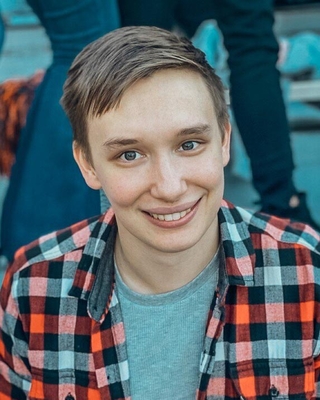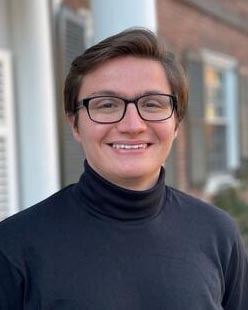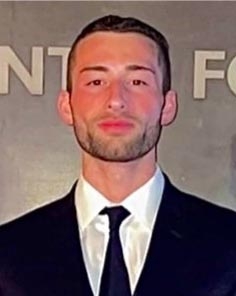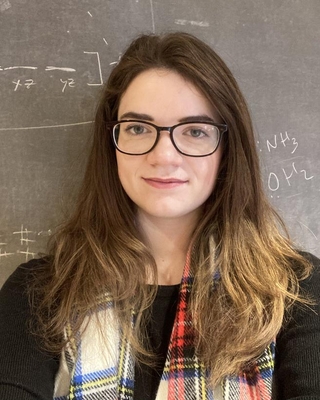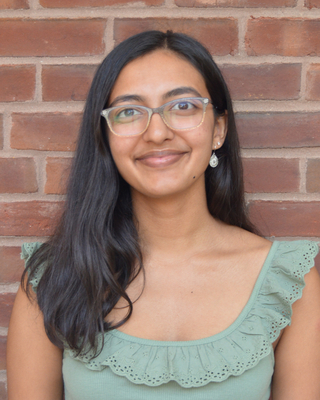The National Science Foundation (NSF) has once again selected students for their highly sought-after Graduate Research Fellowship Program, and six of them are from Yale Chemistry.
The following NSF Fellows were chosen because they show promise in becoming lifelong leaders that contribute significantly to both science innovation and teaching: Joann Chongsaritsinsuk, a second-year Ph.D. student from the Malaker Lab, Noah Gibson, a second-year Ph.D. student from the Mayer Lab, Sebastian Ibarraran, a fourth-year undergraduate student from the Newhouse Group, Gregory Kyro, a second-year Ph.D. student from the Batista Lab, Katelyn Laughon, a second-year Ph.D. student from the Zhu Lab, and Shivani Patel, a first-year Ph.D. student from the Ellman Lab.
“[The fellowship] gives you the scientific freedom to explore different ideas that you find interesting rather than feeling like you’re tied down to a specific project or a grant,” said Noah.
The fellowship provides three years of financial support with an annual stipend of $37,000, a $12,000 educational allowance, and professional development opportunities. With this support, students are relieved of the pressure to find funding for their research and are free to explore creative ideas.
The purpose of the program is to ensure quality, vitality, and diversity of the scientific and engineering workforce of the U.S. and broaden the participation of underrepresented groups.
Each of the Chemistry students has proven worthy NSF Fellows through their remarkable research, volunteerism, teaching, outreach, and personal accomplishments.
Their research is as far ranging as chemistry’s many fields, spanning disease diagnostics, energy storage and production, drug development, and DNA genetic sequencing.
“The thing about the NSF is they don’t just fund the science. They fund the person,” said Shivani. “They believe in you as a person.”
In their applications, the students included personal statements, which listed teaching and outreach activities, and some told stories of overcoming hardships. Before their careers have started, they are already role models in STEM.
After three years of battling anorexia nervosa, Katelyn “started at the bottom,” taking remedial math and chemistry classes when she entered a community college. “I worked my way up, did a lot of extra projects, and won a few awards from my community college and my undergrad university,” she said. “This motivated me to keep pushing harder and harder to see how far I could get.” She has inspired many young women working to overcome eating disorders. At Yale, she is the president of Yale Chemistry’s Joint Safety Team and co-chaired the 2022 Yale Chemistry Symposium.
“In growing up, I didn’t have any mentors in STEM,” said Shivani. “There was no one that looked like me, no one who was South Asian and a woman.” So, in her undergrad, Shivani helped build a worldwide database of women in STEM and wrote and edited a science magazine for local school kids.
“In undergrad, I was lucky enough to have mentors who encouraged me to apply to these programs for diversity in STEM and social justice,” said Joann. “So, at Yale, I definitely want to continue working towards those goals by mentoring students.” In her undergrad, Joann led culture awareness orientations and organized STEM activities for local elementary school kids, among other projects, and at Yale, she’s mentored a student in her lab through the Science, Technology and Research Scholars Program, which supports women, minority, economically underprivileged, and underrepresented students in STEM.
Noah, who wants to be an academic professor, promotes scientific engagement by teaching topics like electrochemistry and gas chromatography to young scholars through the Pathways to Science summer workshops. He’s often seen leading a group of students, talking passionately about chemistry, whether as a volunteer for Visiting Days or vice president of the Joint Safety Team.
One characteristic that sets these students apart from the many program applicants is their thinking. Gregory shared his “first principles” approach to his research, where he starts “…with things that you are confident are true, and then reason up from there,” instead of a “top-down” approach.
He gives this example: “What are the important needs of humanity? What hypothetical innovations could address these needs at the most fundamental level? Which of these potential solutions is most feasible? And which strategy has the highest probability of success?”
Learn more about the fellows’ research and its influence on society through their research statements below.
